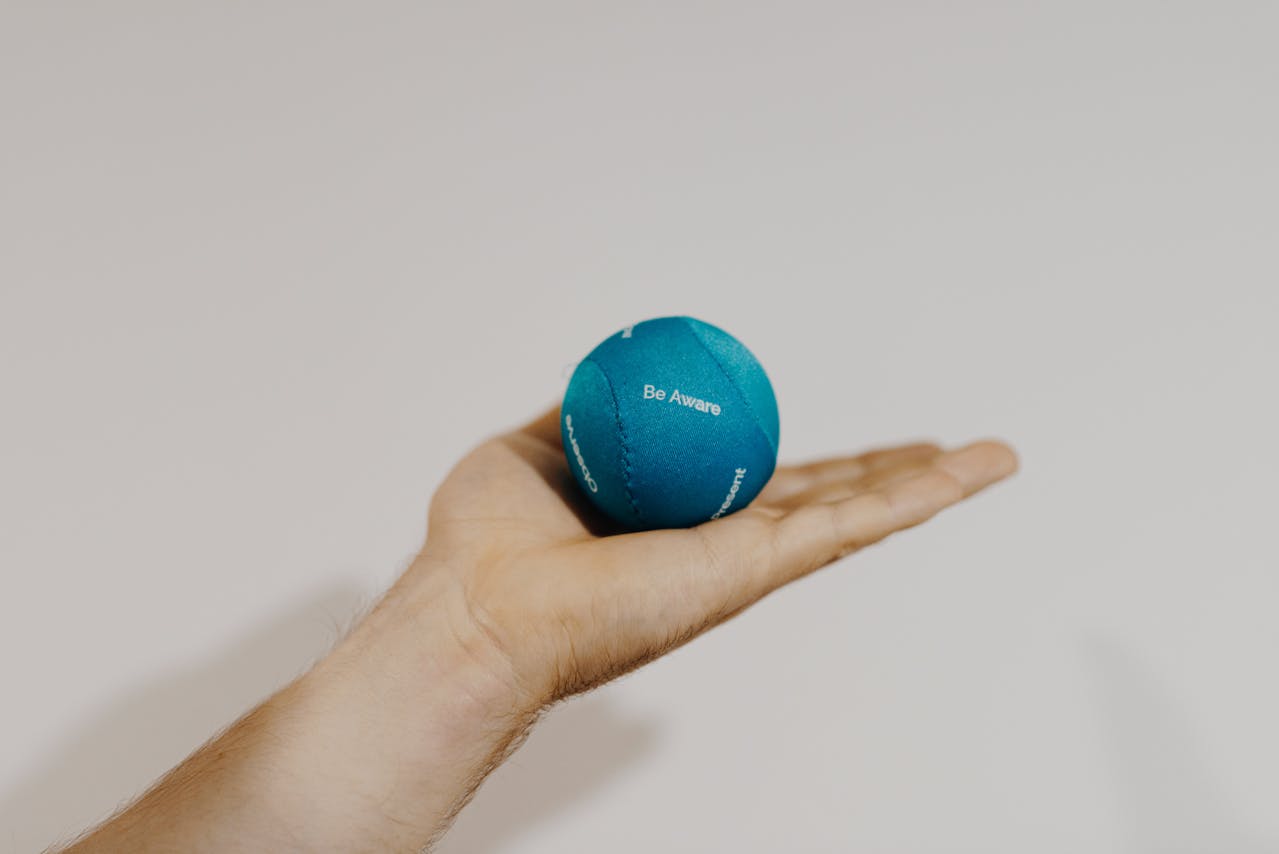What to Expect After a Hand Injury: Your Recovery Journey Explained

May 8, 2024
A hand injury can change how you move, work, and connect with your daily life. Whether it’s the result of an accident, surgery, or long-standing condition, recovery often comes with uncertainty and a lot of questions.
At Hands for Living, we help guide you through this process. We understand that hand injury recovery is not just about regaining movement—it’s also about restoring confidence, function, and comfort. With the right support, your recovery becomes a structured, achievable journey.
Where Recovery Begins
Every recovery starts with a detailed evaluation. This gives us a clear picture of how the injury is affecting you—not just physically, but in terms of your everyday tasks. We assess:
- Range of motion and joint flexibility
- Strength and grip
- Pain levels and sensitivity
- Your ability to complete daily routines
This personalised assessment helps us design a plan that focuses on your goals—whether it’s returning to work, playing an instrument, or simply fastening buttons again with ease.
Pain Management Comes First
Pain can make recovery feel harder than it needs to be. That’s why one of our first priorities is helping you manage discomfort, so you can move more freely and engage in your therapy.
We may use techniques such as:
- Manual therapy to ease tension and support circulation
- Heat, cold, or ultrasound to reduce swelling and sensitivity
- Strategies you can use at home to stay comfortable between sessions
Learning to manage pain well is a key part of building confidence in your recovery.
Movement and Strength Return Gradually
As healing progresses, we guide you through targeted exercises to rebuild strength and flexibility in your hand and fingers. Early on, this may involve small, gentle movements to prevent stiffness. Over time, you’ll progress to exercises that support grip, fine motor control, and everyday function.
Each step is designed to build on the last—so you can feel steady progress, not overwhelm.
Splinting and Protection, When Needed
In some cases, a custom splint or orthosis may be used to protect your healing tissues or support joint alignment. These are made specifically for your hand and adapted as your needs change.
Splints aren’t just about immobilisation—they can also improve function, prevent setbacks, and make everyday tasks safer during healing.
Education and Support Along the Way
Understanding your injury is just as important as treating it. We’ll teach you how to:
- Move in ways that support healing
- Avoid overuse or re-injury
- Modify tasks to stay active without setbacks
- Build confidence in using your hand again
We also know recovery can be emotional. It’s frustrating when things take longer than expected. That’s why we provide encouragement and perspective as you move through the process.
Long-Term Support Beyond the Clinic
Recovery doesn’t end when the swelling goes down. We continue to support your progress over time, checking in on your movement, strength, and comfort.
Some people return to full function quickly. Others need a bit more time and support. What matters is that you’re not doing this alone.
At Hands for Living, we’re here for the entire journey—whether you’re at the very start or working on the final stages of regaining independence.